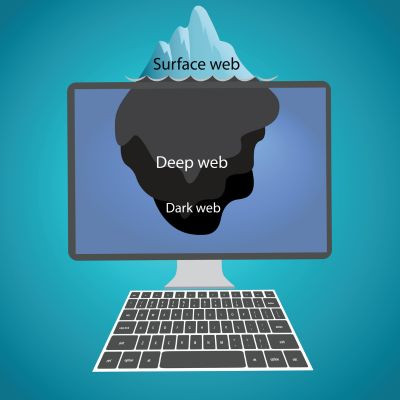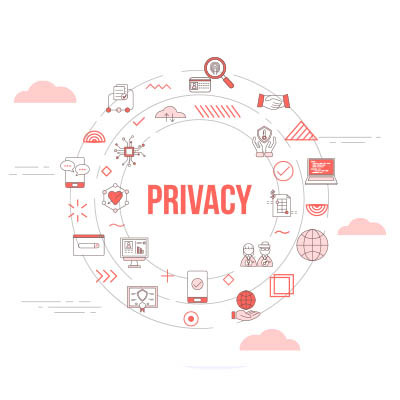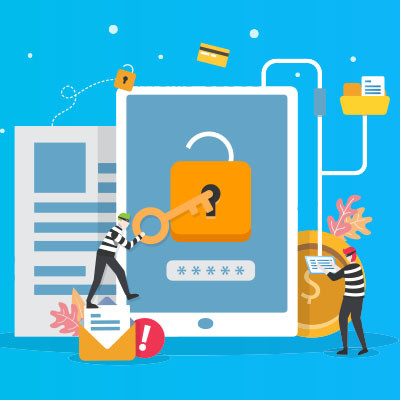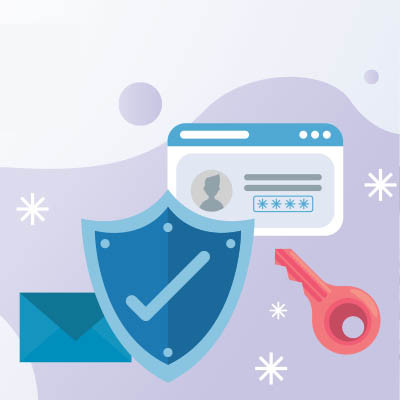Let’s say, for a moment, that somewhere out there is a diligent employee—John—who works for a small business. While John means well, he has the unfortunate habit of using the same password for everything… including the marketing tool his employer has him sign up to use.
A year or two goes by. The company hasn’t touched that marketing tool in months. John has completely forgotten he has an account with it. Meanwhile, that tool experiences a significant data breach, and suddenly, the credentials to almost everything John has ever accessed are now available on the dark web.




















